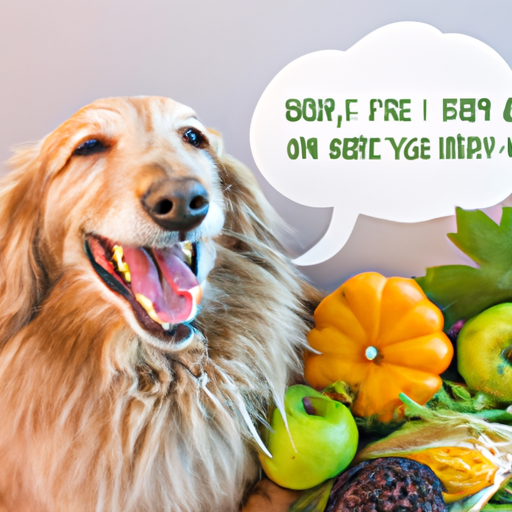As a dedicated caregiver, your pet’s health is a top priority. You know that a balanced diet is essential for overall well-being, and fiber is a critical component of that balance. Fiber aids in digestion, helps maintain a healthy weight, and can even contribute to heart health. But how do you go about increasing the fiber content in your dog’s diet? This comprehensive guide will help demystify the process.
Table of Contents
- Understanding the Importance of Fiber
- Identifying High-Fiber Foods
- Incorporating Fiber in Your Dog’s Diet
- Potential Risks and Considerations
- Frequently Asked Questions
Key Takeaways
- Fiber is essential for your dog’s digestive health.
- There are many natural, high-fiber foods that you can incorporate into your dog’s diet.
- Gradually introducing these foods can help prevent digestive upset.
- Always consult with a vet before making major changes to your dog’s diet.
Understanding the Importance of Fiber
Fiber is a type of carbohydrate that isn’t fully digested by your dog’s body. As fiber passes through the digestive system, it serves several important functions. It can help regulate bowel movements, reduce the risk of constipation, and aid in weight management by helping your dog feel full without adding extra calories. Fiber also helps control blood sugar levels by slowing the absorption of sugar into the bloodstream.
A study published in the Journal of Veterinary Internal Medicine indicated that a high-fiber diet can also help reduce the risk of certain diseases, such as diabetes and heart disease.
Identifying High-Fiber Foods for Dogs
There are many foods that are high in fiber and safe for dogs to consume. These include:
-
Pumpkin: Pumpkin is a nutritious and fiber-rich food that can be easily incorporated into your dog’s diet. It’s also a great source of vitamins A and C.
-
Sweet potatoes: Sweet potatoes are another excellent source of fiber, as well as vitamins A, C, and B6.
-
Green beans: Green beans are low in calories and high in fiber, making them a great choice for overweight dogs.
-
Carrots: Raw or cooked, carrots are a good source of fiber, as well as vitamin A.
-
Apples: Apples are a sweet treat that also provides a good amount of dietary fiber.
Remember not all fruits and vegetables are safe for dogs to consume. For example, grapes and onions can be toxic to dogs. Always consult a reputable source, like this list from One Top Dog, before introducing new foods to your pet.
Incorporating Fiber in Your Dog’s Diet
When adding fiber to your dog’s diet, it’s important to do so gradually to avoid upsetting your dog’s stomach. You can start by adding a small amount of high-fiber food to your dog’s regular meals. Over time, you can gradually increase the amount of fiber-rich food while decreasing the amount of their regular food.
You can also consider supplementing your dog’s diet with a high-fiber dog food. There are many commercial dog foods available that are designed to be high in fiber. The reviews on One Top Dog can help guide you in selecting a high-quality, fiber-rich dog food.
Potential Risks and Considerations
While fiber can have many benefits for your dog’s health, it’s important to remember that too much of a good thing can be harmful. Overfeeding fiber can lead to digestive problems such as bloating, diarrhea, and gas. Always consult with your vet before making significant changes to your dog’s diet, and monitor your dog closely for any adverse reactions.
Additionally, some dogs have specific dietary needs that may not be met by a high-fiber diet. For example, puppies, pregnant dogs, and dogs with certain health conditions may require a diet that’s higher in protein or fat. This article provides more information on the unique dietary needs of dogs.
Frequently Asked Questions
Q: How much fiber should my dog consume each day?
A: The amount of fiber your dog needs can vary based on their size, age, and overall health. Generally, it’s recommended that fiber make up about 2-4% of your dog’s diet.
Q: Can I give my dog a fiber supplement?
A: While it’s usually best to get fiber from whole food sources, there are fiber supplements available for dogs. Consult with your vet before giving your dog a supplement.
Q: What are the signs that my dog is getting too much fiber?
A: Signs that your dog may be getting too much fiber include frequent diarrhea, gas, and bloating.
Remember, as a caregiver, your goal is to ensure that your furry friend leads a happy, healthy life. Incorporating more fiber into your dog’s diet is an excellent way to contribute to their overall well-being. Always consult with a vet before making significant dietary changes.



